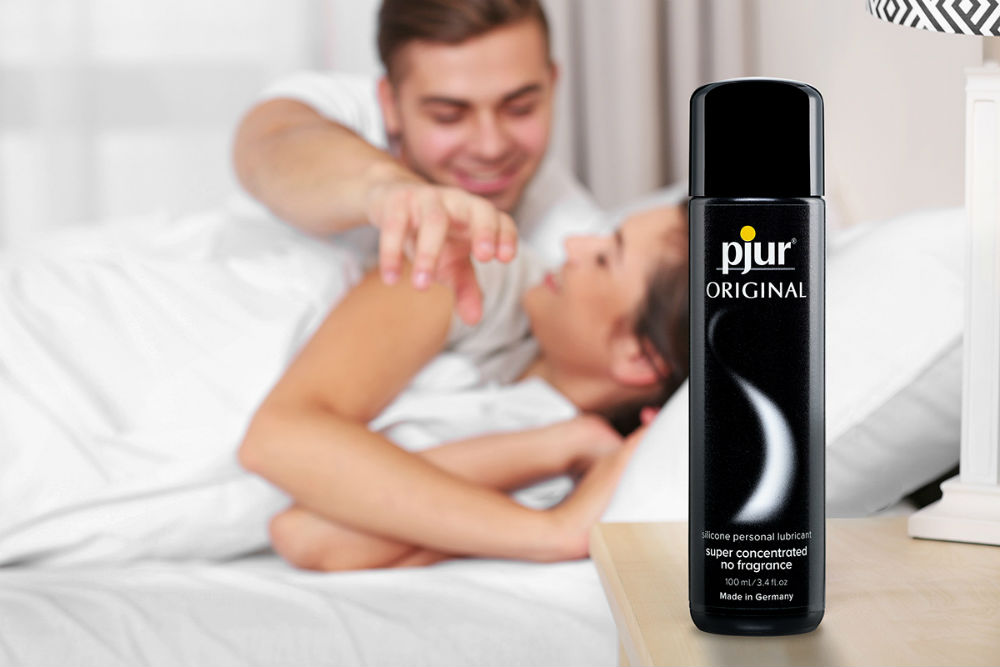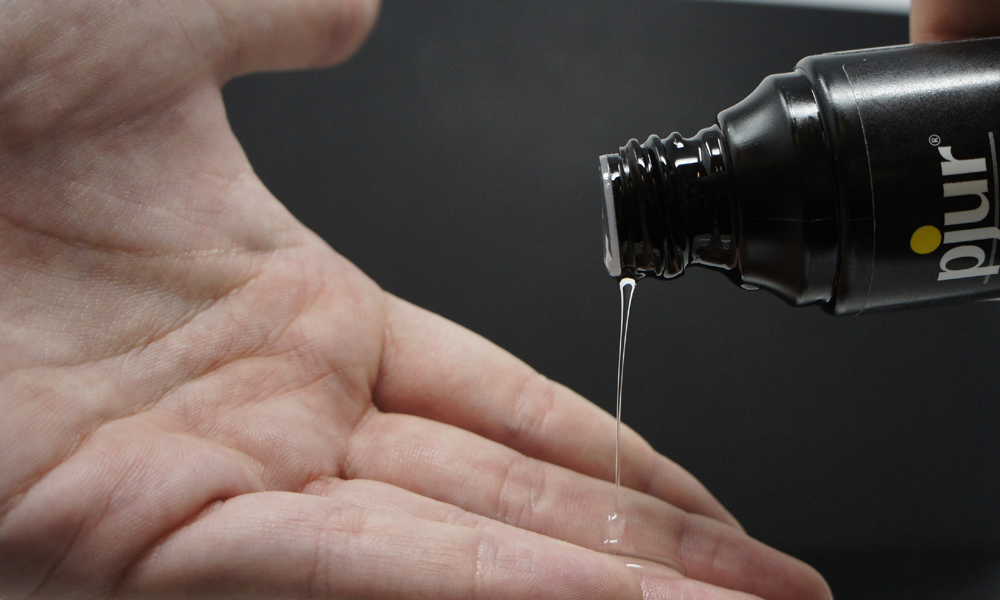
The term personal lubricant will probably be familiar to most people and everyone presumably knows more-or-less what it is. But what exactly is personal lubricant, how does it work, why should we use it and what kinds of personal lubricant are there out there? Even though most people will probably have a good idea, we’d like to go over it in detail.
What exactly is lubricant?
If you search for the term lubricant, you will find it defined on this website, for example, as ‘a substance capable of reducing friction by making surfaces smooth or slippery’. Lubricant can be used in a variety of different fields: in sex, in engineering, and also in medical contexts for inserting probes or endoscopes and for ultrasounds. The only requirement is always that some kind of friction is generated, which the use of a lubricant is intended to reduce. In our case, lubricants are intended to prevent friction being generated during sex.
What personal lubricants are available?
Personal lubricants can be divided into the following different types:
Silicone-based personal lubricants

This type of personal lubricant has a particularly long-lasting lubricant effect. This is because of the silicone molecules, which are bigger than the pores in your skin. As a result, they are not absorbed into the skin but stay on the surface, thus forming a particularly long-lasting lubricating film. What’s more, silicone-based personal lubricants make the skin soft and silky to the touch and there is no need for any added preservatives in silicone-based personal lubricants – or at least not in any of ours. Thanks to the properties of silicone-based personal lubricants, they can be used for both vaginal and anal sex and are also suitable for massage.
Water-based personal lubricants
Water-based personal lubricants are probably the classics of personal lubricants. They contain mostly water, which provides the moisture needed in a woman’s intimate area. It soaks into the outer layer of skin, thus supplying the mucous membranes in the vagina with moisture. The drawback of a water-based personal lubricant is that it is absorbed quickly by the skin and so usually has to be applied repeatedly to guarantee adequate lubrication. As long as you’re aware of that, however, you can easily integrate it into your sex life. Water-based personal lubricants also nourish the skin and are compatible with all sex toys.
Hybrid personal lubricants
So-called hybrid personal lubricants are a combination of water-based and silicone-based personal lubricants. They are made up mostly of water but contain a small amount of silicone, so they’re particularly good for using with sex toys. They also have a very creamy consistency, making them easy to apply to sex toys without any dripping.
Oil-based personal lubricants
Oil-based personal lubricants consist mainly of oil. As a result, they stay on the surface of the skin like a film and need to be washed off afterwards. But be careful with oil-based lubricants: they can degrade latex condoms, leaving them unable to provide the required protection. Oil-based sex toys can also degrade sex toys.
What ingredients does a personal lubricant contain?

This depends on what kind of personal lubricant it is, of course. A water-based personal lubricant is mostly water. In addition, you will also often find a water-based personal lubricant contains glycerine, a sugar alcohol, a swelling agent and a thickening agent. As the name suggests, a silicone-based personal lubricant is mostly silicone. It is also possible to buy a mixture of the two, which are known as hybrid personal lubricants. These are mostly water but also contain a small amount of silicone. And then there are oil-based personal lubricants, which are made using oil. All these types of personal lubricants are also available with various other ingredients and additives. pjur lubricants, for example, also contain ingredients such as aloe vera, panthenol, chamomile and a few others.
How do personal lubricants work?
The friction produced during sex can irritate our skin. Although the vagina constantly produces a fluid that is intended to protect against this friction, and although production of this fluid is vastly increased when a woman is sexually aroused, this fluid sometimes may not be enough, depending on a woman’s age, situation in life and other factors. This is precisely where a personal lubricant comes into play to compensate for the lack of natural lubrication. And whereas a water-based personal lubricant provides sufficient moisture thanks to the water in it, a silicone-based personal lubricant forms a protective film that protects against the friction that is generated. What’s more, a personal lubricant is a must for anal sex, since there is no natural lubrication in the anus. Personal lubricant can also be used for masturbation or massage. After all, personal lubricant is not just useful when a woman does not have even natural lubrication and is perhaps even suffering from vaginal dryness; it can also help spice up your sex life, and you can use it to massage each other or when you masturbate.
We have plenty more articles about personal lubricant! You might find these articles interesting, too:
- Applying a Personal Lubricant for Women: How to Do It Properly
- Personal Lubricants – Why Use Them and What Are the Differences?
- What to Look Out For When Buying a Personal Lubricant
- An Alternative to Personal Lubricant? Better Not!
- Ingredients in Personal Lubricants – What Should Be in Them and What to Look Out For
- Other Things We Use Our Personal Lubricants for Here at pjur
Whether or not you’ve ever asked yourself what exactly a personal lubricant is, what types there are, what they contain or how they work – now you should be a bit more savvy, so you can use personal lubricants without any questions in future 😉

